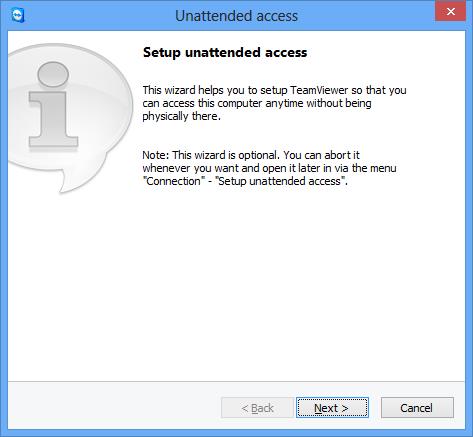

Select the option for the way you plan to use TeamViewer-Company, Personal, or Both. If you plan to use the program to access other computers, choose the basic installation. You can opt for a basic installation, an installation only to access this computer remotely, or a one-time use.
#Teamviewer 10 qs install
On your computer, download and install the TeamViewer_Setup.exe file for the standard desktop application. Let's say you want to use the standard Windows desktop version of TeamViewer to connect to a computer that has the Quick Support module. More easily, though, you or the user can run the TeamViewer Quick Support (.exe file) module, which doesn't require an installation.
#Teamviewer 10 qs full version
On the host computer or computers that you want to access, you can install the full version of TeamViewer. To use the program, you will need to set up a free account with TeamViewer, which you can do at the Management Console page. If you ever need to connect from a computer that doesn't have the program, you can use the web-based TeamViewer Management Console or even run TeamViewer Portable (zip file) from a USB stick. The Windows version is accessible as both a standard desktop application and a Windows Universal app. You can run TeamViewer from a variety of platforms, including Windows, MacOS, Linux, Chrome OS, iOS, and Android. TeamViewer is free for personal use, though if you plan to use it on the job, you'll want to review the paid subscription options, all of which offer a free 15-day trial. SEE: Remote access policy (Tech Pro Research)


 0 kommentar(er)
0 kommentar(er)
